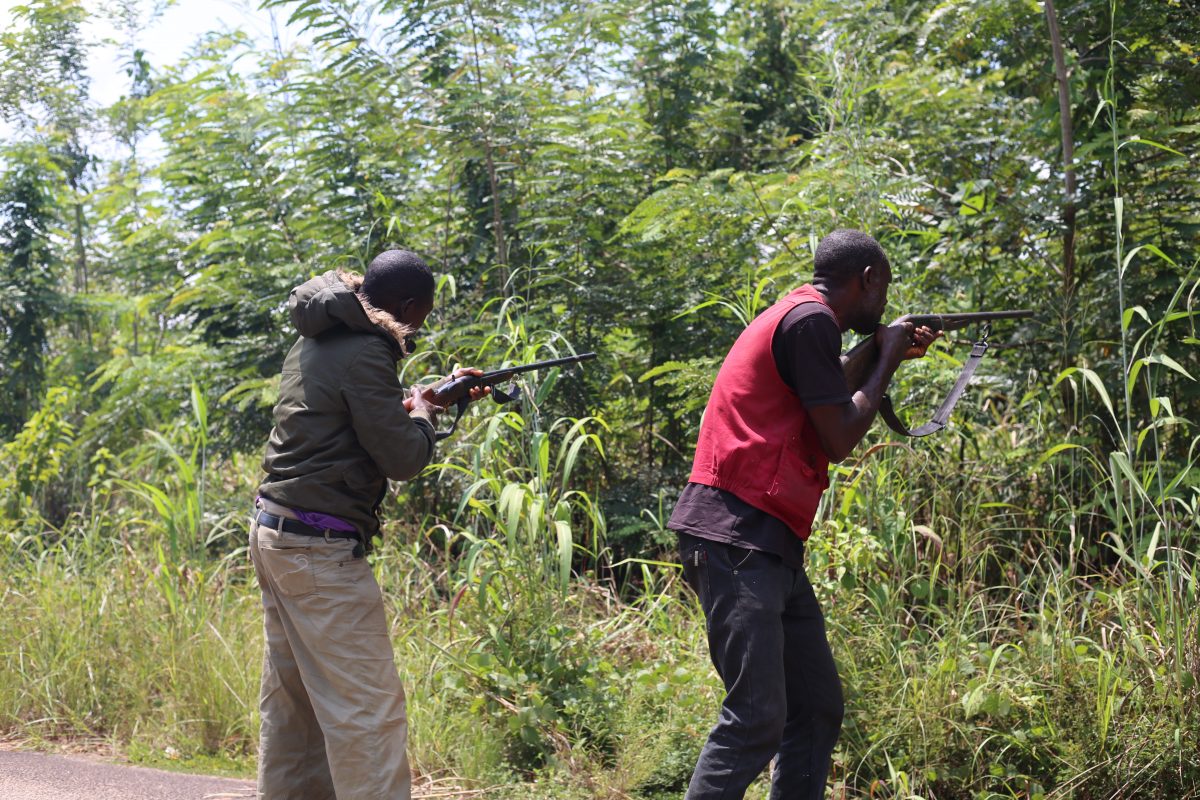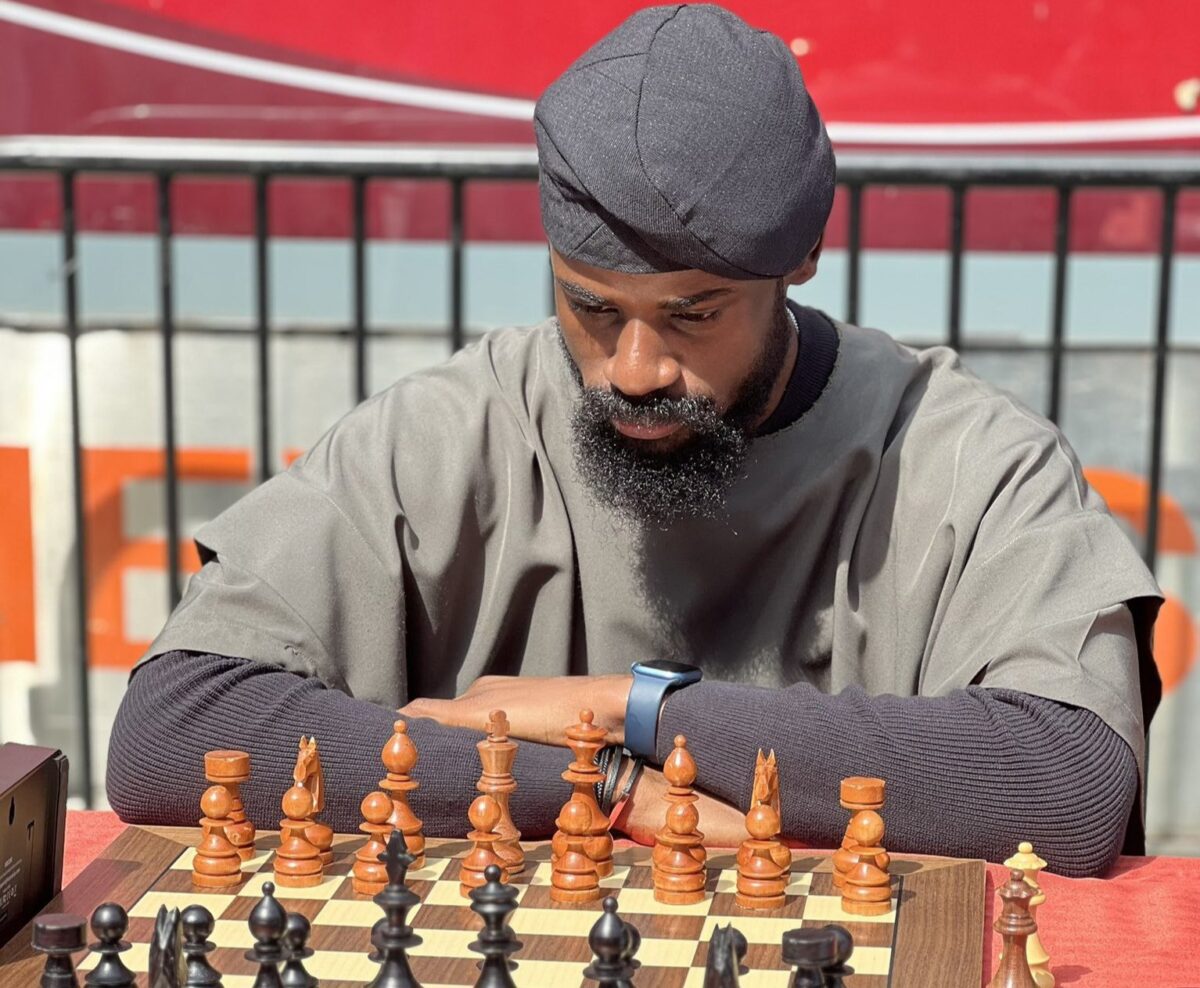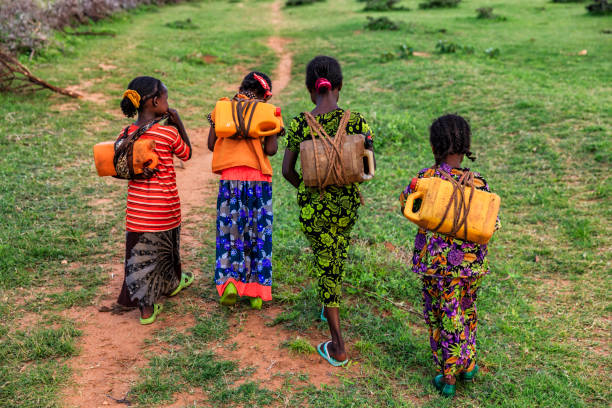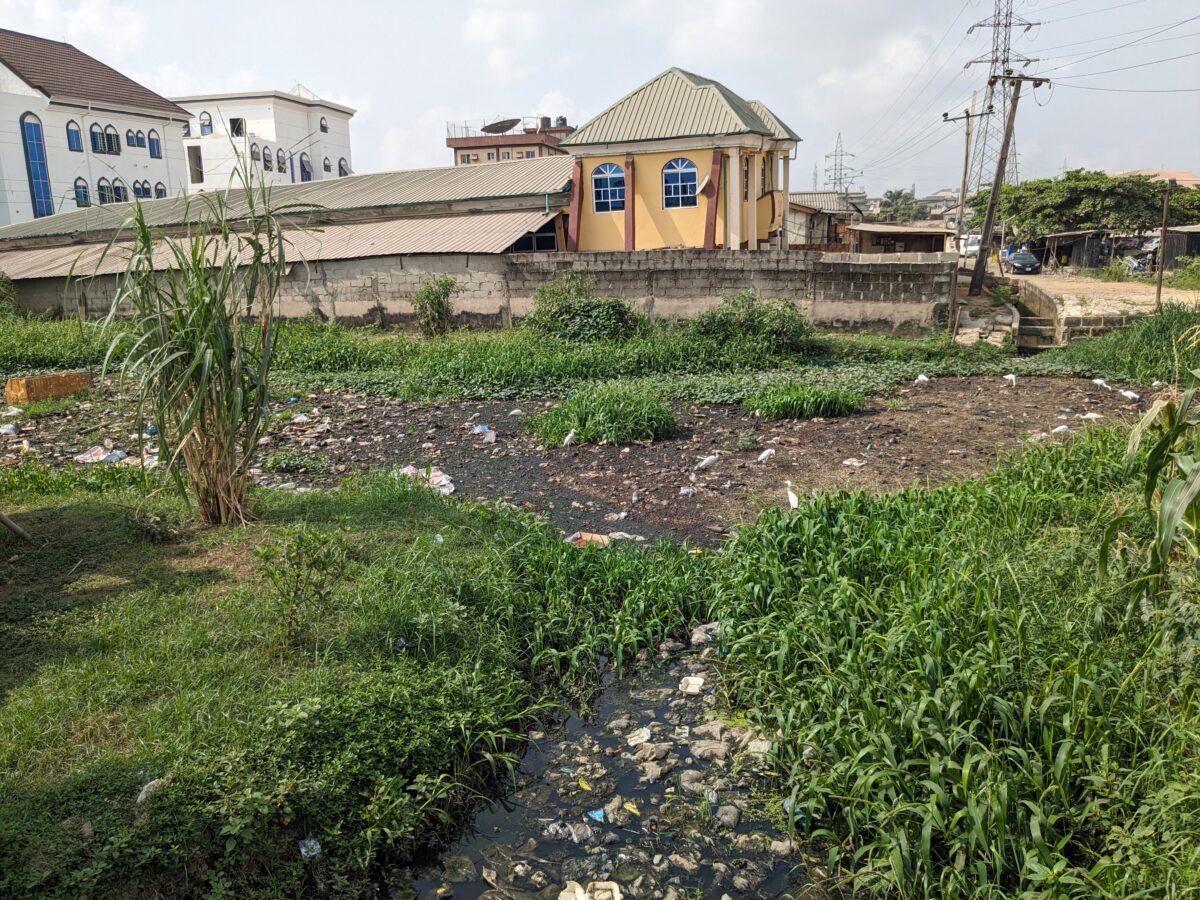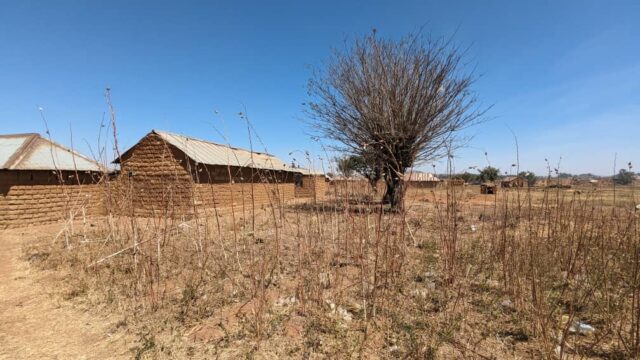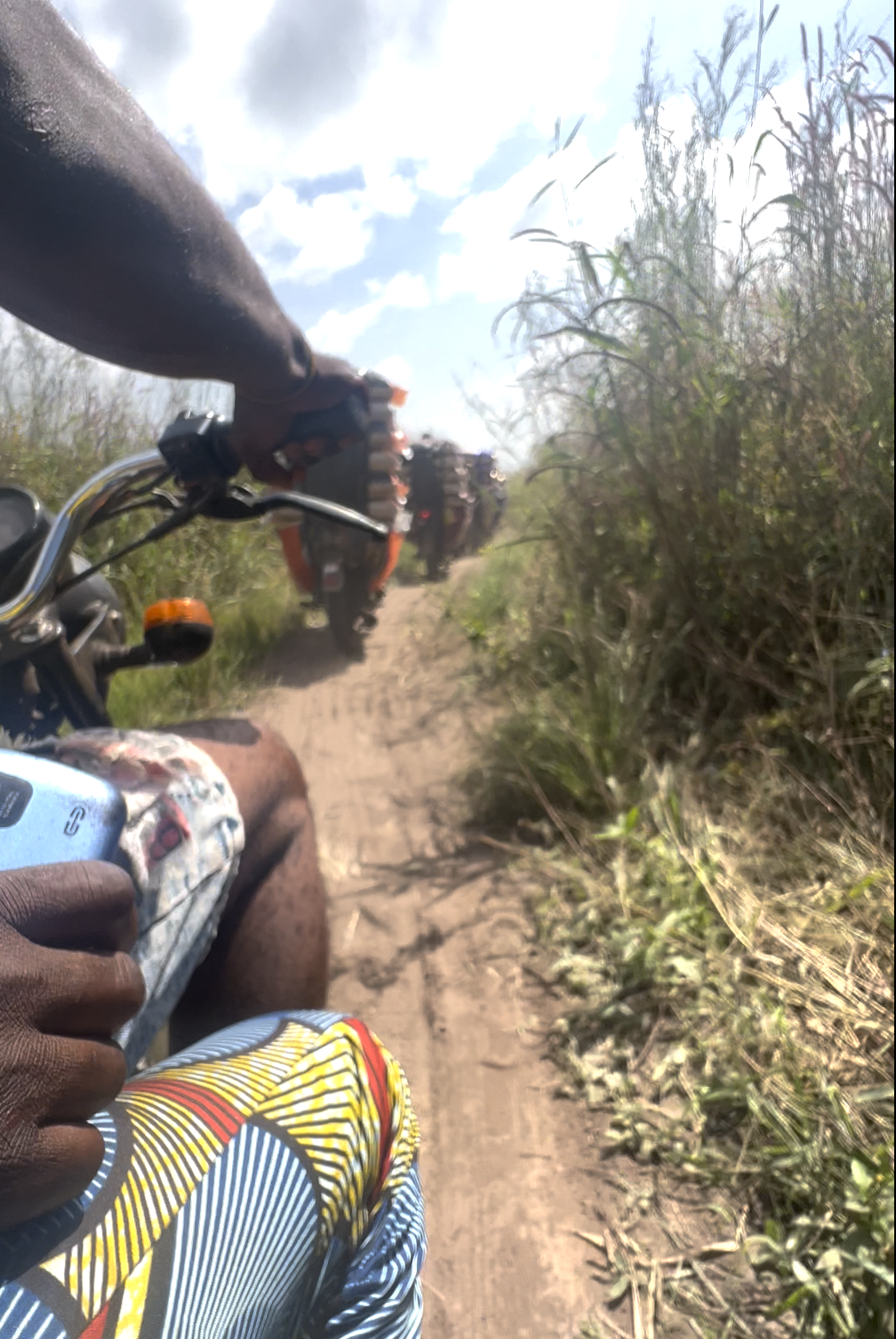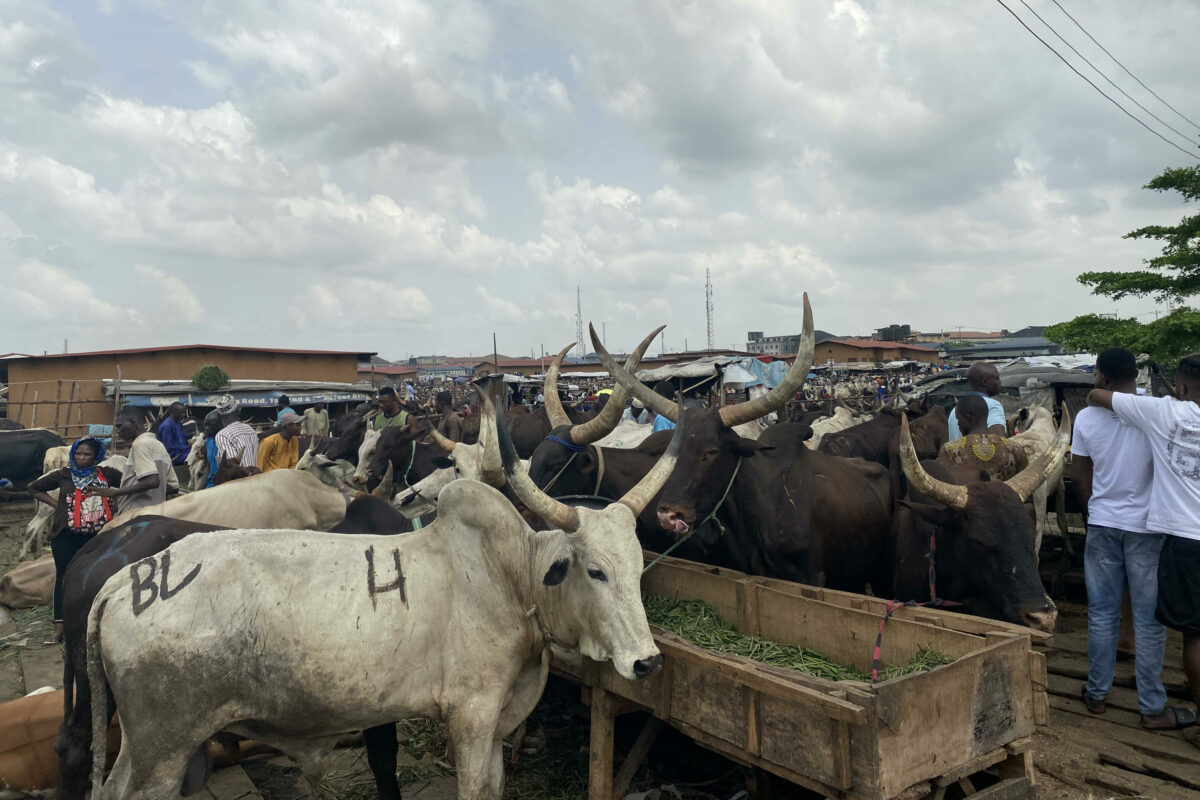Investigative journalist IBRAHIM ADEYEMI spent 17 days undercover in Ondo, Ekiti, and Osun to track the activities of nomadic herders turned kidnappers in the southwest. Accompanied by local vigilantes and hunters in combing thick forests in the states, he uncovers some of the hideouts of the criminal gangs. His report points security operatives in the direction they should look if they are any serious about ending kidnappings.
David Mayowa, a dark-skinned man, is camped in a thick forest in Ekiti State. He trembles in tears. His right shoulder, ripped by bullets, bleeds. He switches his phone to the left hand to make a call. His abductors order him to contact his relatives for ransom.
“How far?” a lady with a soft voice picks up the call. “Where are you? Which side are you?”
“In the forest,” Mayowa responds. His voice breaks in rapid succession as he speaks to his colleague at the Adekunle Ajasin University, Akungba (AAUA), Ondo State.
“What’s the location? Can’t you see the place?”
Mayowa had sent a text about his abduction but his colleague still wondered if the message was from him.
“I sent it,” he replies. “They just gave me my phone. We have been walking since yesterday. We have not eaten since yesterday. My legs are sore already.”
“Who can we call?” the colleague asks.
“All I need now is money. I sent a message and added my wife’s account number. They will soon take this phone from me.”
“Oh, God! God will be with you. Hope you were not shot at?”
“Hello, ma. Hello. You dey hear me so?” the call ends, as one of the abductors speaks.
THE ANATOMY OF ABDUCTIONS IN NIGERIA’S SOUTHWEST
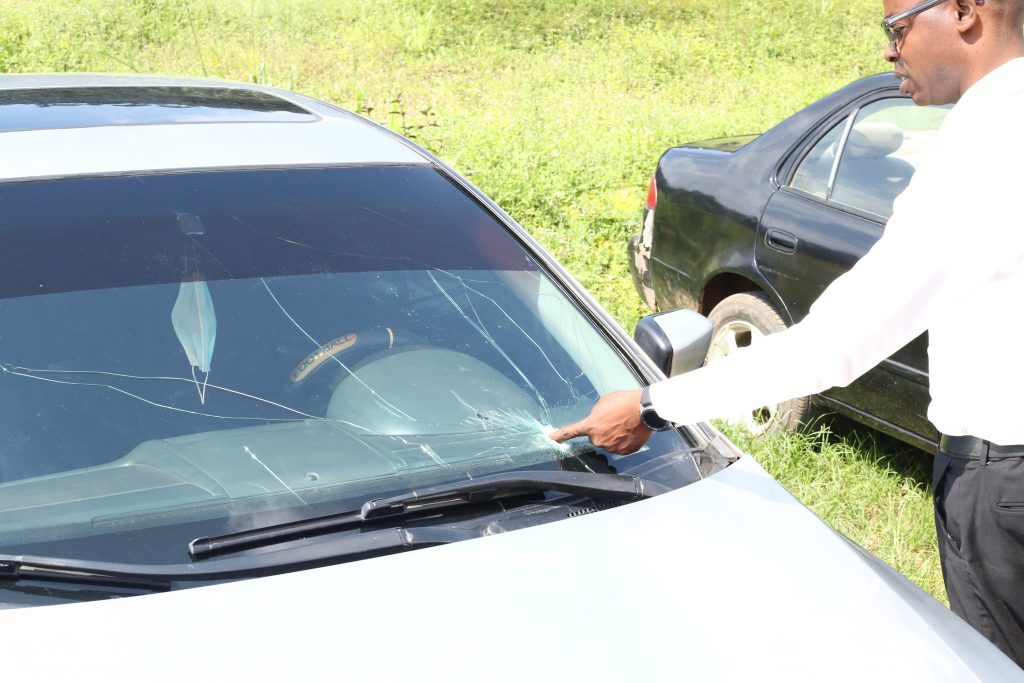
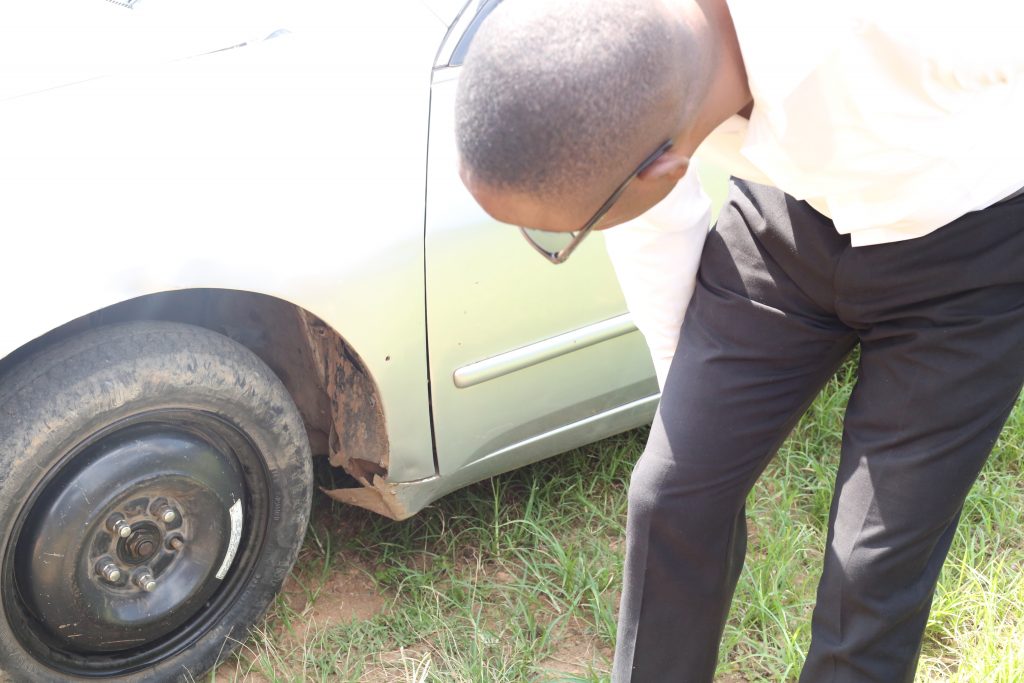
When Nigeria was celebrating its 61st independence anniversary on October 1st, Mayowa was ambushed by heavily-armed men along Ikere road in Ekiti. From behind, one of the ambushers shot four bullets in the direction of his car. A bullet pierced through the tyre, one into the fender and another into the engine. The last one ripped the windscreen apart, moved through the speedometer and came out below the steering to hit his shoulder.
He was whisked into the forest, alongside eight others who were kidnapped at the same spot. They trekked for several hours, climbing hills. They were tortured by their abductors who used rods on them “as if we were herded cows”.
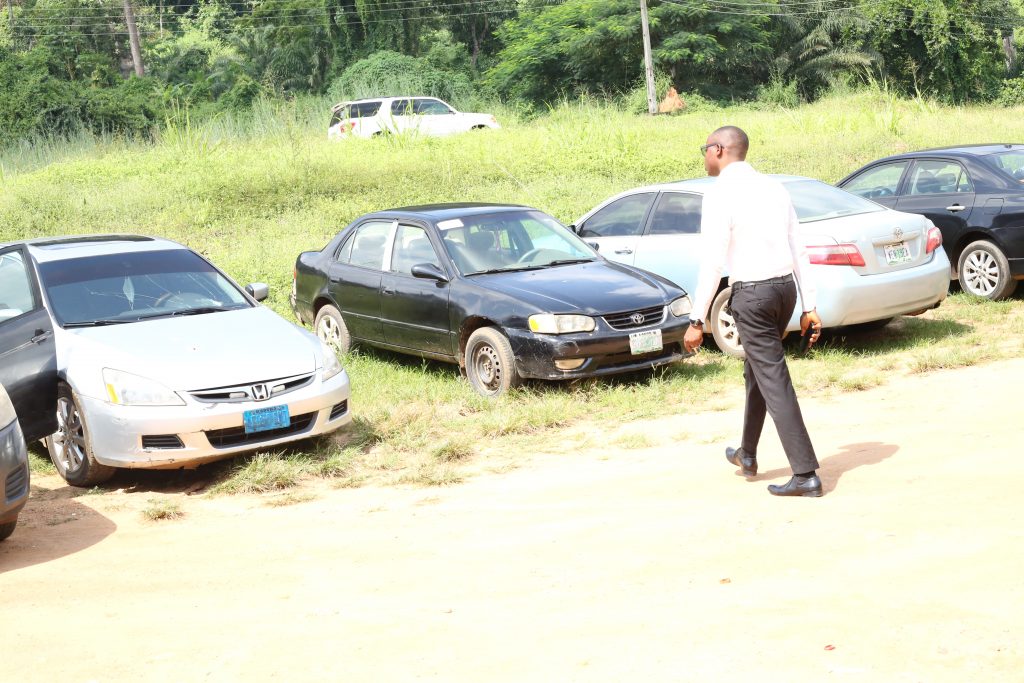
Now out of detention after paying N3 million as ransom, Mayowa has a palpable trepidation that Nigeria may never get better. His morale as a patriotic citizen is dead, he said. He is more disappointed at the security agents who made no move when his case was reported to them.
He is not the only victim of the system and, obviously, he will not be the last. Kidnapping is a brutal business model that pays in Nigeria and more than N8.9 billion has been paid out as ransom by Nigerians over the years, according to SB Morgan Intelligence. Yet, over 3,000 people have been abducted across the country — a total of 45 people kidnapped each day — according to a report by Statisense.
The overwhelming crisis is spreading from its epicentre in the northwest to the southwest. The criminal gangs now carry out kidnappings in states like Ondo, Osun, Ekiti, Oyo, Ogun, and Lagos, exploiting the ineffective government and weak policing system in the region. The kidnappers, as our findings would reveal, are dominated by nomadic herders from the Fulani ethnic group, who have been feuding with farmers over access to grazing land for their cattle.
WELCOME TO ONDO, ‘KIDNAP CAPITAL OF THE SOUTHWEST’

Travelling by road to Akure, the capital of Ondo State, has become one of the most dangerous adventures for any Nigerian. Vehicles entering the suburbs of the city drive past signposts welcoming visitors to the “Sunshine State”.
But, according to Don Okereke, a security expert and analyst, “Ondo is the kidnap capital of the southwest”.
When Governor Rotimi Akeredolu said “Only VIPs are now safe on our roads”, he was referring to the deadly highways in the state he governs. Akure, the state capital, is no stranger to kidnapping. With each passing month, the marauders become more brazen, targeting travellers, students, market women, monarchs, and even the state’s most powerful politicians.
“Whenever we ply this road from Akure, we’re always afraid of kidnappers on the highway,” says Samson Ayinde, the driver of a commercial cab boarded by this reporter from Akure to Akoko. “Let someone in the car pray for us, please.”
The criminal gangs take advantage of the deplorable state of roads in the state to kidnap motorists. Kidnap kingpins camouflaged in police and army uniforms operate unhindered along the Akure-Owo-Akoko expressway, according to motorists and passengers frequenting the axis.
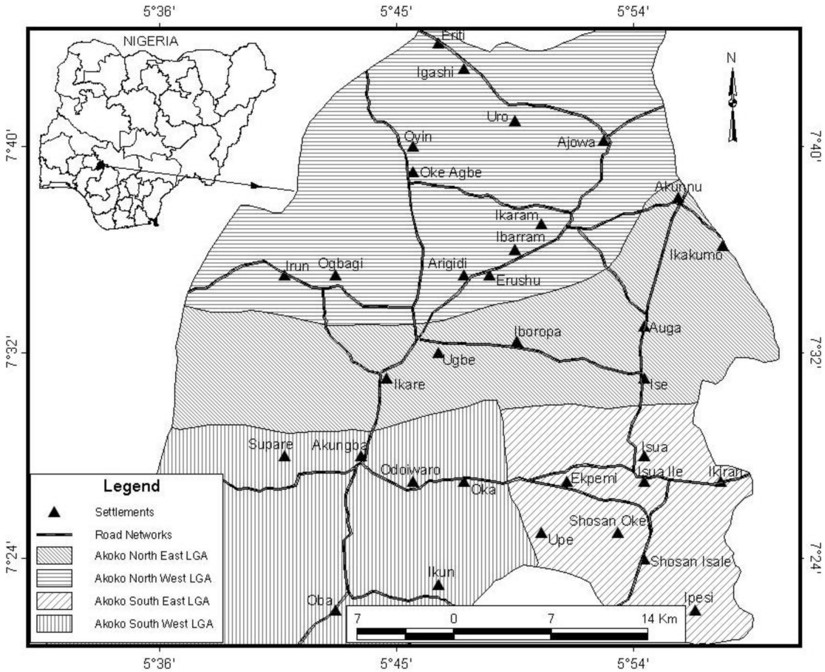
However, the Nigeria Police Force has invented an ingenious way of frustrating journalists investigating the anatomy of kidnapping in the country. Journalists are denied relevant data that could help track the enclaves of kidnappers ravaging the southwest region.
For instance, when this reporter reached out to several police authorities in the region for relevant documents and records of reported kidnap cases, he was first directed to submit an application letter that would find an eternal abode in the anti-kidnapping departments of the force headquarters.
Disguised as a criminology post-graduate student, however, this reporter joined local security operatives in the region to comb the terrorists’ forested enclaves. For days, the journalist embarked on a highly risky journey with officers of local security outfits known for tracking down and fighting notorious kidnappers and gathering intelligence for the police force about the marauders.
THE IFON GAMES RESERVE WHERE KIDNAP VICTIMS ARE CAMPED
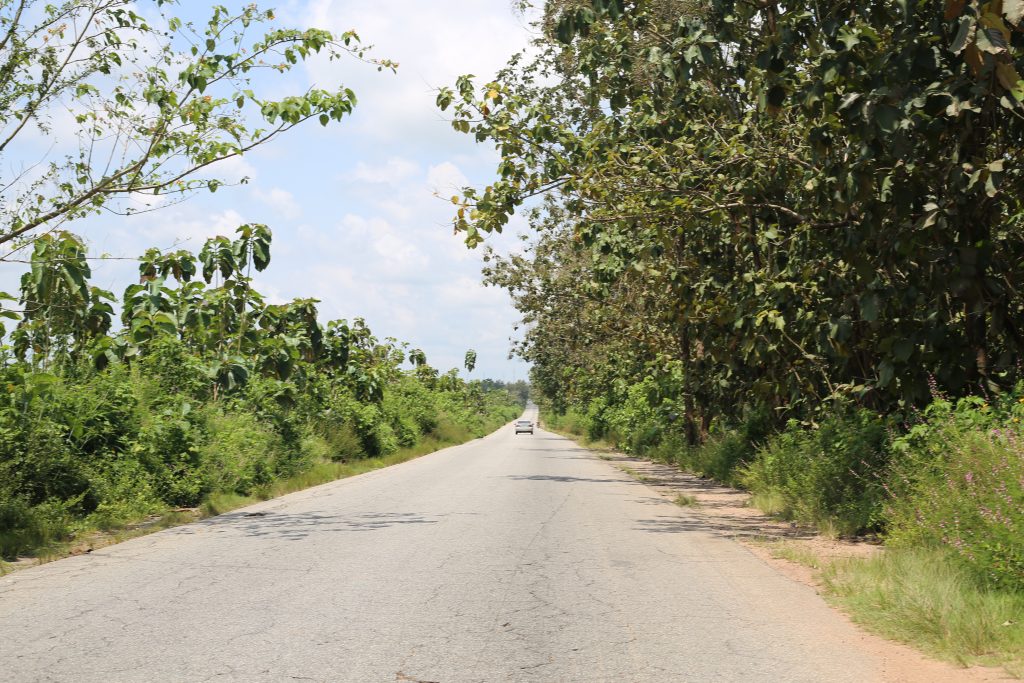
In Ifon, Ondo State, the local police — also known as vigilantes — working with this reporter jump down in combat fashion. Seeing the gun-wielding men, speeding vehicles turn back mistaking the local forces for armed kidnappers. We are at the site of the Ifon forest reserve, a dreaded landmark where the local security officers say motorists must be at high speed to avoid unforeseen danger.
A peep into the narrow path connecting the forest reveals an array of non-timber forest products. FIJ would later find out that the forest is endowed with fauna resources such as elephant (Loxodonta Africana), bushbuck (Tragelaphus scriptus), bushpig (Potamocherus porcus), grey checked mangabey (cercocebus) and so on.

Osse River Park, as it is now called, is supposed to be a world-class ecotourism centre that sustains the economic development of communities in Ondo, according to the Nigerian Conservation Foundation. The games reserve is a hydrological atmosphere rich in biodiversity and recognised by several international treaties and conventions.
Now abandoned and ungoverned, this forest is the home of numerous kidnapers masquerading as herders. It is also a torture camp for detaining abductees of the criminal gang and their safest place for ransom negotiation in the state.
“Where we are now is one of the most dangerous places to be. We might just be attacked at any time,” one of the operatives says. His claim was corroborated by members of the vigilante group and other security agents policing the area. “And once you’re marched into the forest, it’ll be very difficult for you to be rescued without paying a ransom.”

If you ask the local warriors why they have not invaded the forest to flush out the criminal elements, their responses will stun you. Despite their versed knowledge of the forest’s geographical setting, it is difficult for them to overpower the terrorists, who have an arsenal of weaponry, including AK-47 rifles.
Yet, several persons, mostly travellers and motorists, have been abducted and whisked into the forest reserve. Relatives of abductees have many times been asked to drop ransoms in cash in the forest, according to intelligence reports received from local security operatives policing the area.
“Let me tell you a secret,” a chief priest in Ifon says. “Even the governor knows about the ongoing kidnap menaces in that forest but he is helpless. All his efforts have been frustrating so far.”
However, what the chief priest told FIJ is an open secret. On January 18, Governor Akeredolu gave a seven-day ultimatum to all Fulani herdsmen to vacate all forest reserves in the state. The governor said he took this step to address the root cause of kidnapping and other nefarious activities detailed and documented in security reports and briefings from victims of kidnap cases in the state.

“These unfortunate incidents are traceable to the activities of some bad elements masquerading as herdsmen,” he had said. “These felons have turned our forest reserves into hideouts for keeping victims of kidnapping, negotiating for ransom and carrying out other criminal activities.”
Unfortunately, President Muhammadu Buhari overruled Akeredolu’s order, Garba Shehu, his spokesman, said insecurity is not alien to any group, their language, their geographical location, or their faith.
“In Ifon, we have this forest reserve; that is why we’re being terrorised by these criminals,” says Eni-Olotu, a community leader and politician. “When they perpetrate their crime, they disappear into the thick forest and that’s all; nobody will be able to trace them.”
THE NIGER QUARRY ROUTE WHERE DELAY IS DEATH
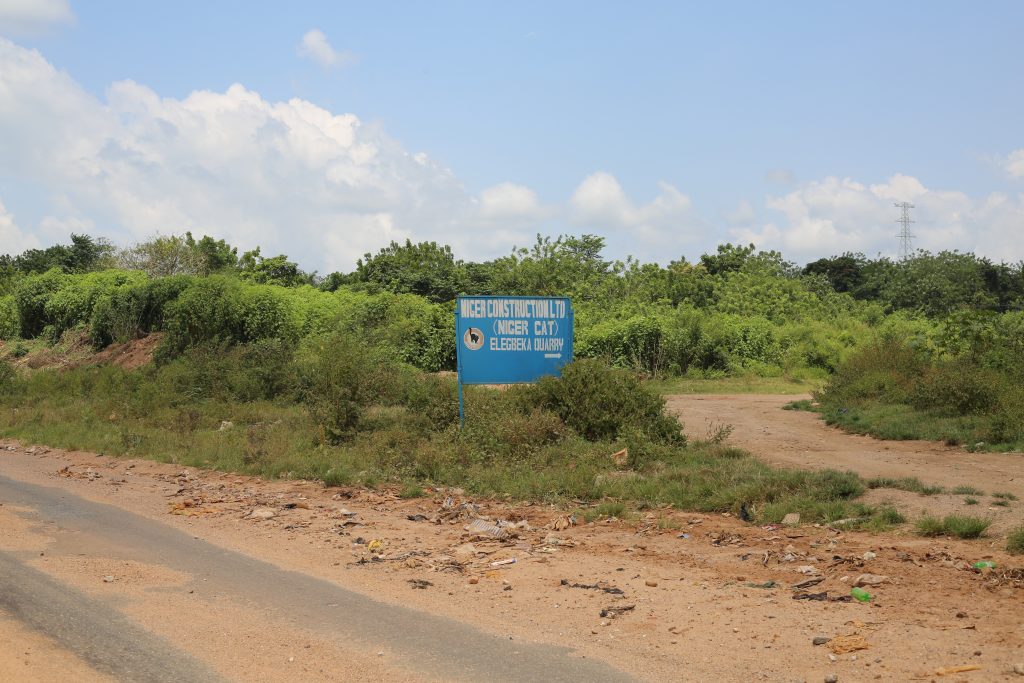
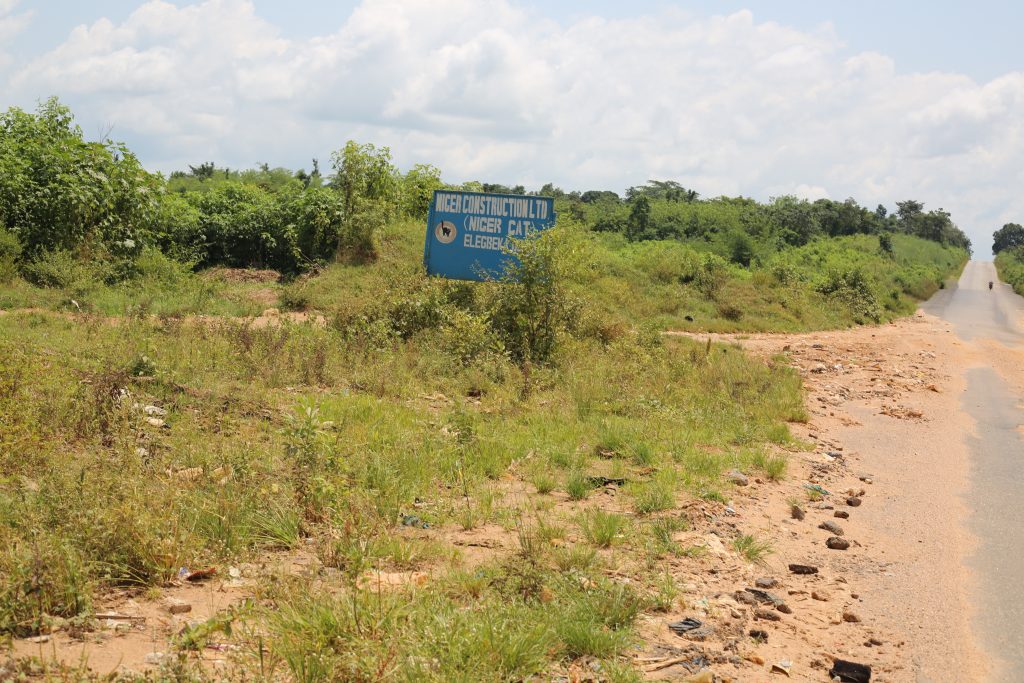
As we drive a few kilometres away from the forest reserve, we slow down, arriving at the Niger Quarry site, Elegbeka area of Ifon. The road here is terrible and slowing down is unavoidable for every passing vehicle.
“This is Elegbeka. Here is where the kidnappers killed our king,” one local warrior tells this reporter in a tone lacking pity. “Here is where we call the Niger Quarry site.”
The forest behind the quarry site is another hideout for the kidnappers. And this terrible spot is their striking point, residents say. The marauders would hide in the forest along the road to lay an ambush for unsuspecting motorists. And once any vehicle slows down here, they strike abruptly.
“That is exactly what they did to the king,” another vigilante officer cuts in. “A lot of people have been kidnapped here by the Fulani. Our king’s case was popular because he was the king.”
On October 26, 2020, news of the sudden death of Oba Isreal Adewusi, the first-class monarch of Ifon, enveloped the media. Different versions of the story appeared on the internet. And different terminologies were used to describe the perpetrators of the crime. Some news platforms were reporting that the monarch was murdered by “bandits” while others claimed he was killed by “unknown gunmen”. The story may have different versions amplifying its complexity, but Olufon was only a victim of the organised criminal gangs operating along Ifon-Owo-Akure Road, according to accounts provided by witnesses.

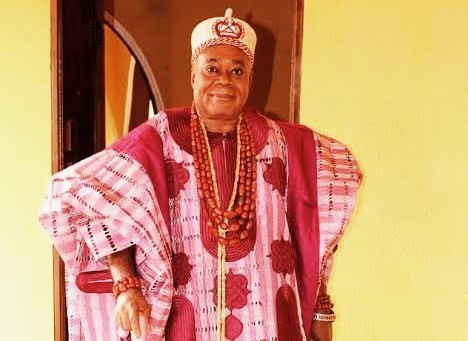
The monarch was returning from Akure after attending a meeting when an army of Fulani kidnappers emerged from the thick forest behind the Niger Quarry site, asking him to disembark. Knowing that he had been ambushed, his driver tried to out-manoeuvre the attack but a bullet from one of the AK-47-wielding kidnappers hit the monarch in the chest. He died on the spot before he was rushed to the hospital.
The same day the assailants killed the monarch for resisting abduction, four other persons were kidnapped at this same spot, witnesses said. The abductees were first whisked into the forest behind the quarry site before they were marched into the forest reserve.
Many people vanished on this highway after they disappeared into the forest of the Niger Quarry. Victims released after spending torturous days and nights in the forest told FIJ they had to sell their properties to raise ransoms demanded by the criminal gangs.
THE ABANDONED CERAMICS COMPANY
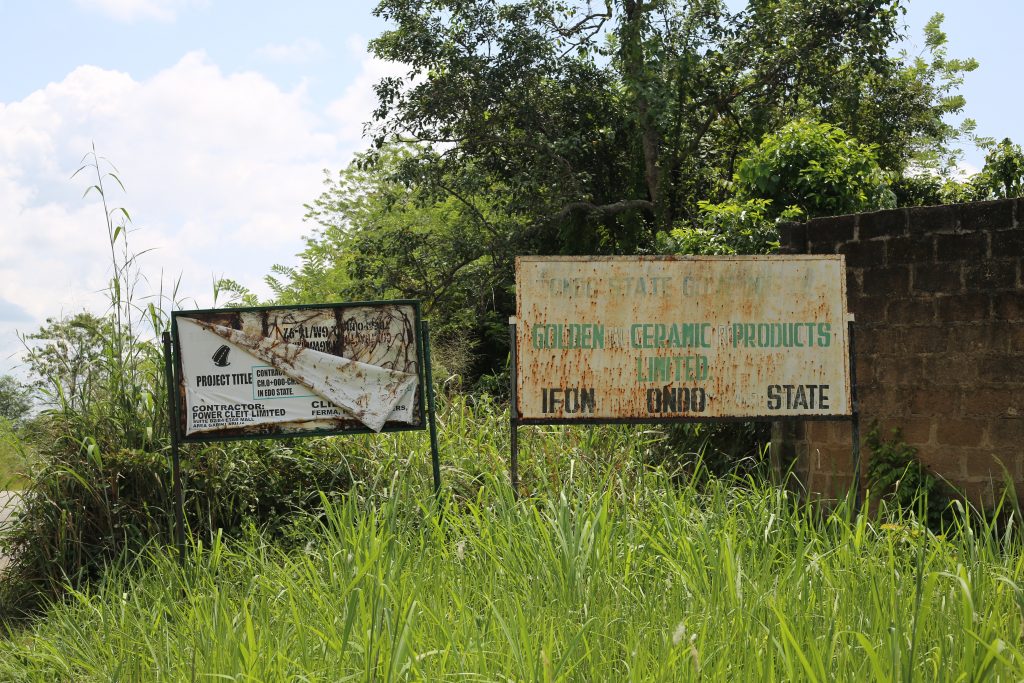
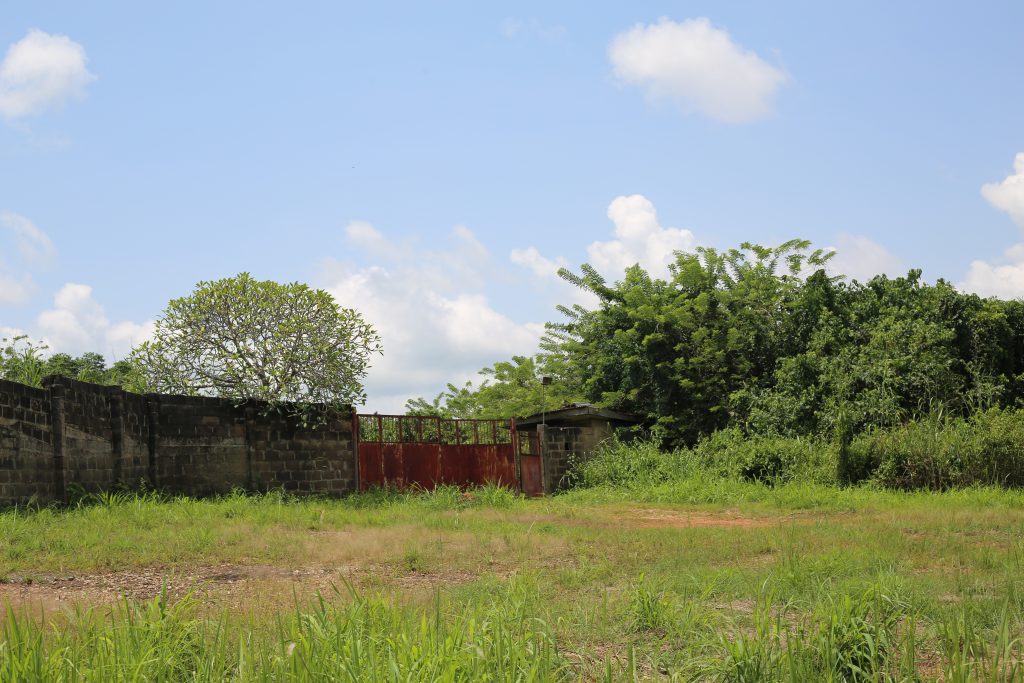
The next place is the Nigerian-Italian Ceramic Industry. An erected banner welcoming visitors to the site poses an image of abandonment. Its paints are peeling and its porch is vanishing, bearing the scars of decadence and administrative neglect. Established in 1984, this decaying company had over a thousand employees producing up to 45,000 ceramics per day.
In the 1950s, ceramic production was one of the major sources of income in Nigeria before successive governments and administrations shifted focus to crude oil production. Nigeria is currently spending approximately $900 million yearly on ceramic importation and this is projected to reach $2.1 billion by 2025, according to a report by News Peak. There are about nine operating ceramic companies in Nigeria — eight for tiles and one for sanitary wares — but none is currently working optimally.
In 2004, the Ondo State Government, under former Governor Olusegun Agagu, procured the liquidated Nigerian/Italian ceramic factory and renamed it the Ifon Golden Ceramics Company with a promise to revive it but failed.
Twelve years later, Olusegun Mimiko, as governor, said the company would begin operation in the last quarter of 2016 with the production of ceramics wall and floor tiles. Mimiko pledged to create 2000 job opportunities for the youth in the state, but this was only in the news, not in action.
Fast-forward to 2021, the ceramics company has become an underworld for organised Fulani criminal gangs where victims, mostly travellers, are camped until their ransoms are paid, according to intelligence reports obtained and reviewed by FIJ.
How did an industry with the potential of producing sanitary and tablewares, electric porcelain, insulator, and automobiles, become a safe haven for kidnappers?


Aside from Nigeria’s well-documented poor maintenance of public properties, it is easy to see why this ceramics company is a safe hideout for the notorious kidnappers. Germinating trees in the abandoned building have formed a thick forest, outgrowing the ceramic raw materials in the factory.
Promises made by successive state governments to rejuvenate this dead industry were never fulfilled, residents say. Unsuspecting travellers and motorists are the potential victims of the criminal gangs hiding in the deadly expanse of the factory.
“The police officers here are weak and impotent,” says one of the local vigilantes who accompanied this reporter to the factory site.
Despite the police checkpoint mounted right in front of the moribund factory, kidnapping activities are carried out unhindered. Two “anti-crime” police officers supposedly policing the mounted checkpoint are seen sleeping deeply on duty.
“Look at them over there,” one hunter points out. “Like school teachers, they resume work in the morning and leave once it is 4 pm.”
Our insider source among the officers securing the area says the police are aware of the criminalities perpetrated in the forest but they are helpless.
“If I told you we were not aware of the happenings there, I would be telling lies,” the officer says but declines to be described by name. “Those Fulani guys are very difficult to track. They know the terrain very well because they live in the forest and they have more sophisticated weapons.”
The community vigilantes who met us at the site of the factory say they have had to accompany many relatives to drop millions of cash in areas of the forest surrounding the ceramics company.
“Most of their victims are on this road; they’re travellers and not necessarily indigenes of our community,” one of the vigilantes says. “Such cases are reported to the police and most times they do nothing about it.”
KIDNAPPED AT IMORU ROAD, RELEASED AT THE IFON GAMES RESERVE
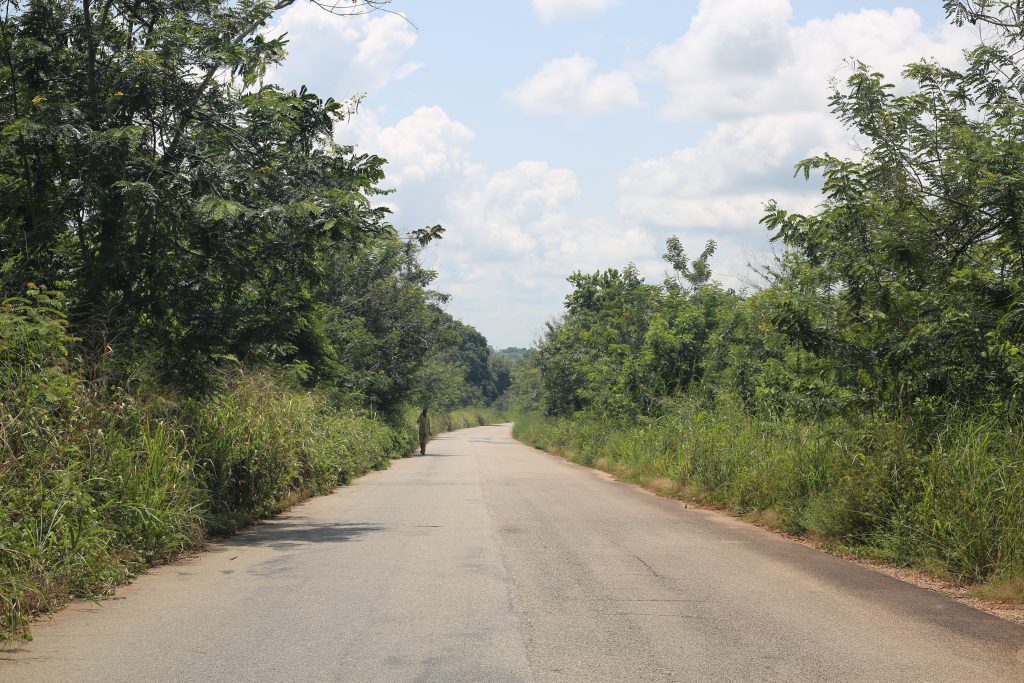
When Dele Isibor, a chieftain of the All Progressives Congress (APC) in Ondo, left a church programme on July 13, he did not know that he would meet death on his way home. While driving speedily along the Imoru Road in Ifon, he ran into an ambush of kidnappers. The gun-wielding men emerged from this thick forest and fired a hail of bullets.
Like the monarch killed on November 26, 2020, Isibor tried to resist the abduction by reversing to find his way out of the tragic scene. But sporadic gunshots from the notorious gang brought him down after bullets fired at him ripped his body apart. He died in a pool of his own blood and his three other allies were abducted.
The Nigeria Police Force (NPF) quickly released a statement to make the public believe that the security problem in the area was under its control. The news of the APC chieftain’s murder by kidnappers was widely read, but the subsequent abductions that took place on the road failed to resonate with the world.

“On that same day, along this same Imoru road, four other people were kidnapped,” a community chief says. The claims of the chief, who did not want to be named for the fear of becoming the next target, were corroborated by other residents and eyewitnesses.
“They were later released, and at the forest reserve upon the payment of ransom. The abductees were asked to pay N250,000 each, that is N2 million before they were released.”
The July 13 kidnapping was not an isolated case; Imoru road is another dangerous route of indiscriminate killing and kidnapping. Surrounded by giant trees and thick forests, the terrible road is unavoidable for travellers leaving Ondo for Edo State. On this expressway, several travellers and motorists have been killed or kidnapped by the Fulani marauders, but their cases are hardly reported.
A day before the incident that led to the death of the APC chieftain, an army of local combatants had wrestled with some criminal gang suspected to be Fulani kidnappers.
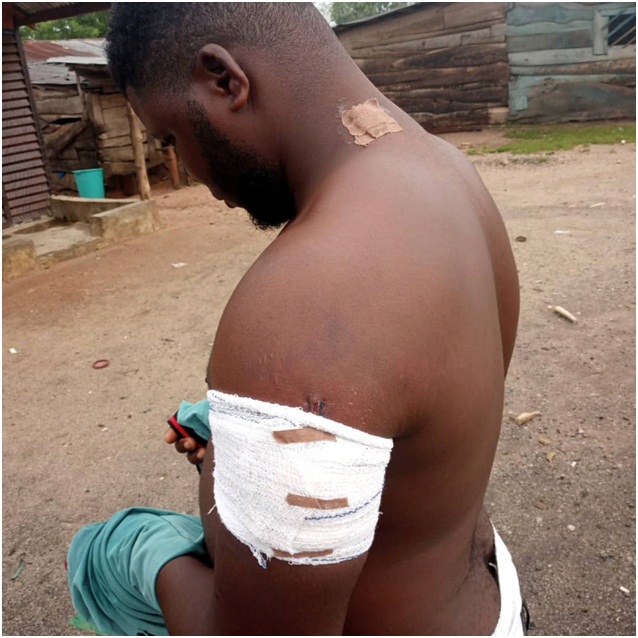
Two men costumed in shabby Fulani attire were said to have come to the town to buy food in large quantities. They disappeared into the forest along the road with the food items enough to feed dozens of people. This raised a lot of suspicions because, according to multiple accounts from hunters and residents of Ifon, several travellers were abducted on the expressway some days earlier.
“We traced them immediately, so as to know their exact location,” Aderemi Abiodun, one of the local combatants, says, “When they got to a certain place in the forest, they blew the whistle and we saw others coming out from the bush with swords, machetes and guns.
“We later tracked them, wrestled with them and we were able to nab one of them who confessed to being a kidnapper. My partner was stabbed in the neck and his arm. We handed him over to some military officers who later released him for reasons known to them.”
THE KIDNAPPERS’ CAVE AND A MANGO TREE ALONG OSE–BENIN HIGHWAY
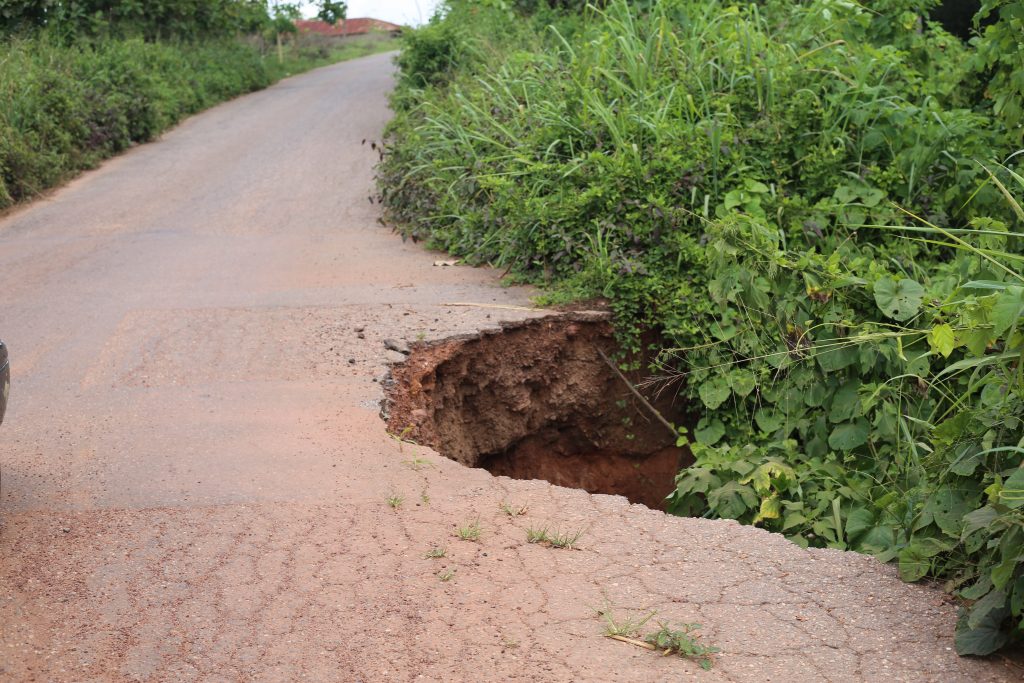
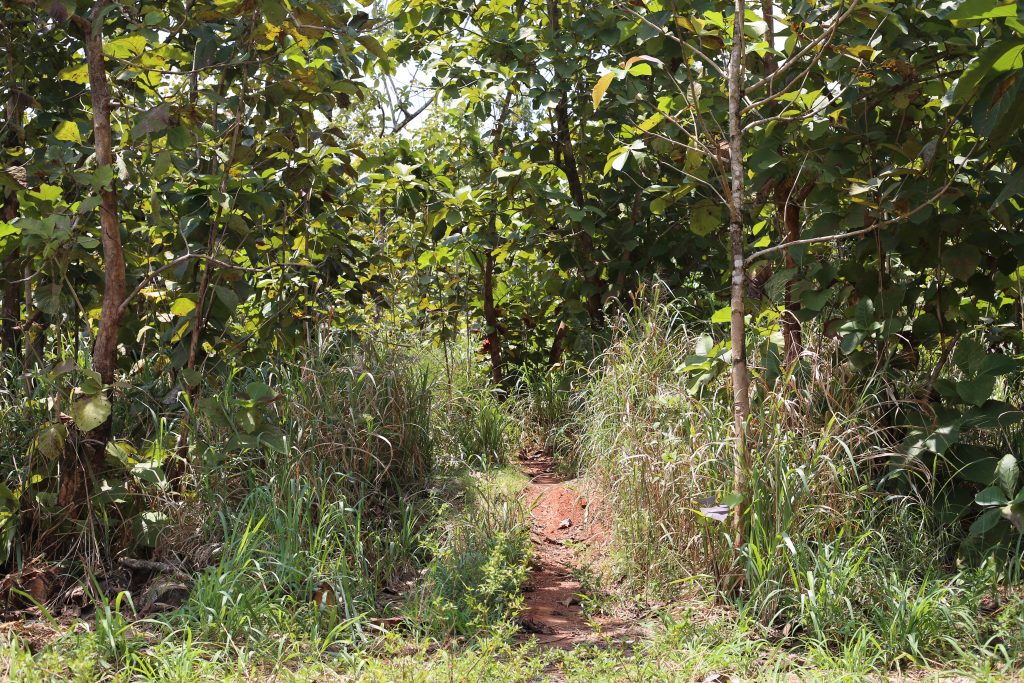
Along the Ose-Benin highway, just after leaving the Ose Local Government Secretariat, the notorious kidnappers have dug a cave and made a giant tree as their cover to ease their activities, locals say. The cave is a trap deliberately dug by the criminal gang to snare unsuspecting commuters finding their way to Edo State.
“They hide under this mango tree, and once they discover that vehicles are coming, they strike,” the hunters say, narrating their on-the-ground experience trailing kidnappers in the area.
“We have combed this forest many times with some vigilantes and the police. Our finding is that the kidnappers hide the victims in the forest behind this mango tree before taking them to the games reserve.”

The hunters warn users of this road, especially commercial drivers, to be careful of the artificial cave dug along the road by the kidnappers. This reporter observes that the cave is surrounded by tall trees and thick forests capable of housing dangerous animals and miscreants. Looking at the cave from afar, it will quickly pass for a pothole on a typical Nigerian highway; moving closer, the artificial cave is deep enough to swallow a grown-up.
About five kilometres from the cave is a stretch of terrible road. The local forces say kidnappers take advantage of the bad road to attack travellers, especially early in the morning and in the evening. Moving forward, pellets of bullets can be seen scattered on the road, an outcome of a gun duel between local vigilantes and the marauding kidnappers which happened the previous day.

Disappointed at the poor policing system in the town, Chief Eni-Olotu condemns the influx of the heavily-armed herdsmen from other neighbouring states into the forest reserves to terrorise the inhabitants of the axis.
“It is so sad to note that the Police Divisional Headquarters in Ifon as well as the Nigeria Security and Civil Defence Corps (NSCDC), Ifon office have no functional patrol vehicles, which constitutes a major challenge for the security agencies in doing their job effectively and efficiently,” he says.
THIS IS IMESI-ILE, THE LAND OF HILLS, HOME OF KIDNAPPERS
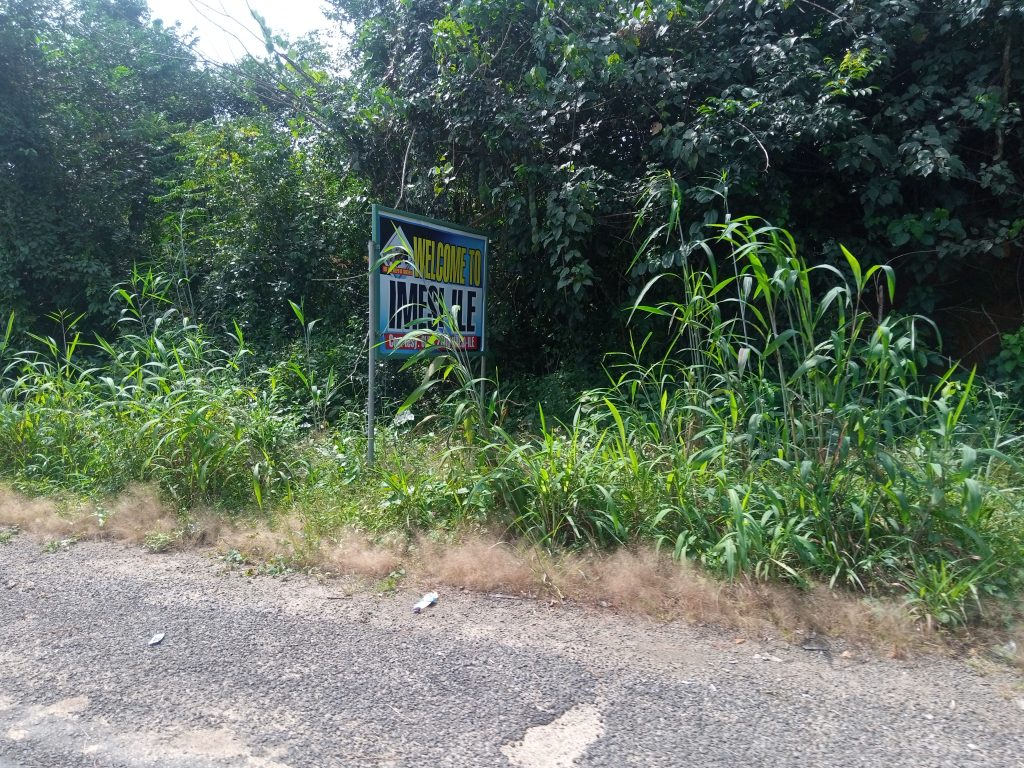
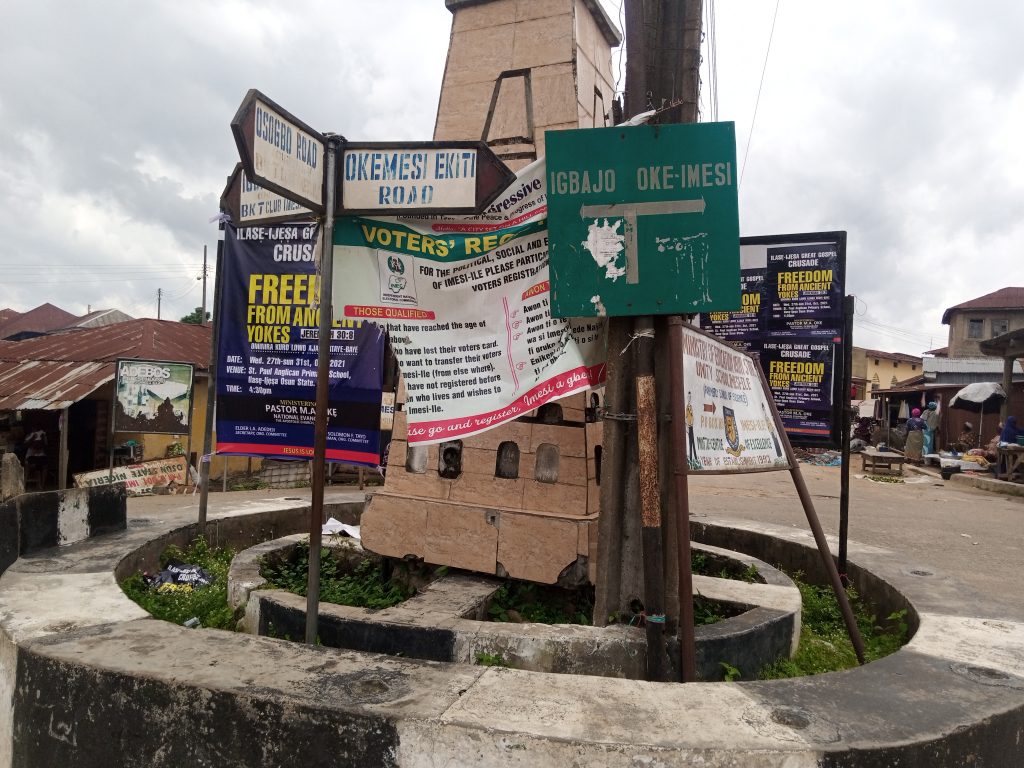
The serenity of Imesi-Ile, a town in Obokun Local Government Area of Osun State, is bewitching; its topography reeks excitement. The earth of this town is animated with hills well structured on the highland. Fashioned by nature, there are flowing river banks in the villages of this town, and a factory of caves is positioned around the rolling hills.
In the ancient days, the green hills were the settings for the famous warriors, in which battles were fought on opposing sides, according to historical records reviewed by FIJ. Surrounded by unimaginable caves and crevices, there are pockets of narrow road networks connecting Ekiti and Abuja. But unfortunately, less than an hour’s drive from Oshogbo, the state capital, the town is scarily a safe haven for kidnappers.
Two kilometres before the signpost welcoming visitors into the ancient town, villagers say there is a big cave of death and bloodshed. Therein, victims of the kidnap syndicate are camped and tortured and one may not quickly notice that the den of kidnappers is just by the roadside.
Earlier this year, a member of the National Youth Service Corps (NYSC) and three other travellers were cornered in the cave. For three days, police, hunters, and other security agents knew the location of the abductees but dared not invade the den, according to local security operatives who spoke with FIJ.
The cave hill has been made a strategic point of abduction, making travelling to Imesi-Ile from Oshogbo to be potential victims of the criminal gang.
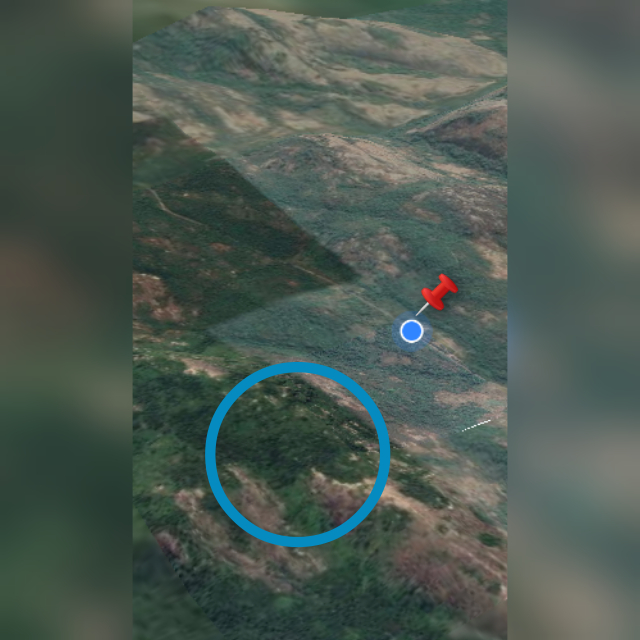
Combing the thick forests of Imesi-Ile is an adventure that precipitates fear and anxiety. The narrow road networks in the town are an added advantage for kidnapping activities. This town has recorded the highest number of kidnap cases in Osun and knowing this alone is a reason to watch your back as you travel around the terrain.
On January 17, an unspecified number of commuters were abducted along the Erinmo/Omoh-Ijesa area. They would eventually be released upon the payments of millions as ransom. After this incident, 17 more persons were also kidnapped on the highways of the same town, especially along the Osogbo-Imesi-Ile Road where the big cave described earlier is emplaced.
In February, the driver of a Toyota Sienna and six passengers were whisked into the forest at the Iwaraja junction along the Ilesa-Akure expressway. Three of the abductees would later escape from the Iwaraja forest while those in captivity paid huge amounts as ransom to buy their freedom.
On July 5 and 6, two separate kidnapping incidents happened on the road of this town. The gunmen had abducted some passengers along the Tafia Road in Imesi-Ile. The following day, another vehicle travelling to Abuja was also ambushed at Esa-Odo where four persons were abducted.
However, as dangerous as it may appear, this axis has the fastest routes to connect Abuja, the Federal Capital Territory, from Osun and other southwest states.
THE KIDNAP TUNNEL INSIDE KIRIJI FOREST
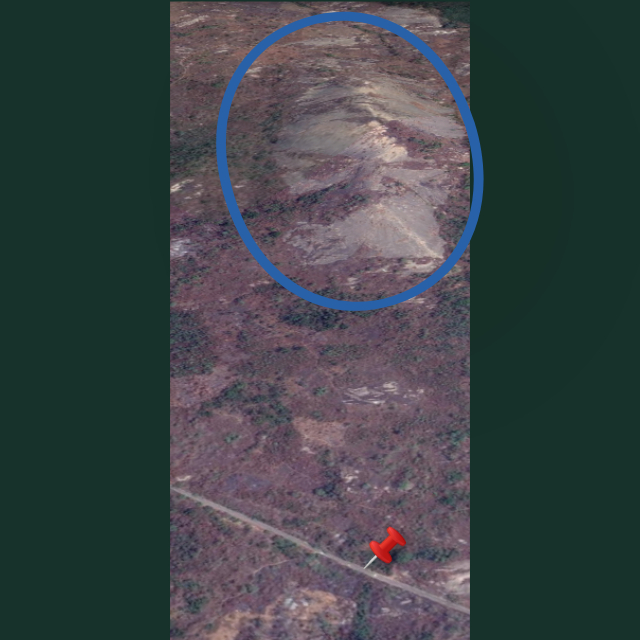
Driving on the Igajo Road of Imesi-Ile can be hitch-free but the narrow, sloppy expressway subjects travellers to the risk of getting kidnapped. Along the highway, there are kidnap tunnels operated by armed men. Therein is a big rock naturally fashioned by tunnels. In the ancient days, the Kiriji fighters used these tunnels as a cover on the battlefield, according to record books seen by this reporter. Now surrounded by thick forests and mountains, this is where the kidnap syndicates keep their victims and their arsenal of ammunition.
Earlier this year, a contingent of the Kiriji Heritage Defendants, a local security outfit, invaded the forest in pursuit of the armed kidnappers. They rescued a number of abductees in a tight gun duel with the criminal gang. After raiding the hideouts for hours, the hunters discovered that the gang had made the tunnel a habitable settlement for themselves and their victims. They found personal effects such as food items, toiletries, smoked cigarettes, hard drugs and an arsenal of weaponry.
FLUSHED OUT, BUT BACK IN THE FOREST
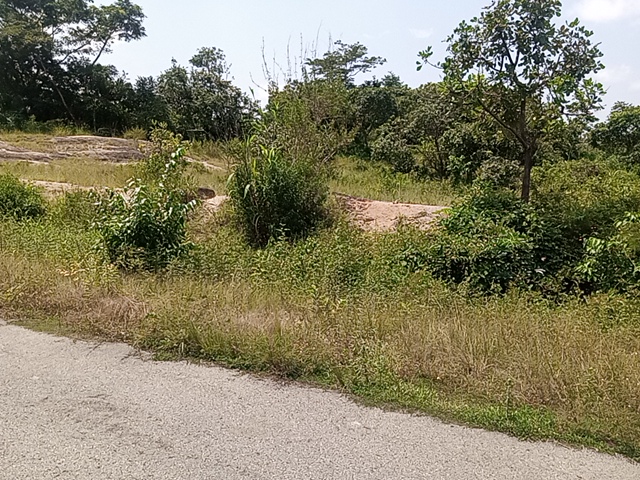
However, the kidnappers have since returned to the base with more sophisticated arms, according to the hunters policing the axis. Tens of people have been kidnapped, while a couple of lives have been lost in the process of abduction.
“The miscreants are back in the forest,” says Oderinde Odunayo, a member of the Kiriji Heritage Defendants.
“When we fought them the other time, the kidnapping activities stopped for a while. But now, they are back with more dangerous ammunition. Now, no hunter dares enter this forest because they have more sophisticated weapons. But if get assistance on logistics, we will flush them out. Who are they?”
THE IMESI-EKITI-ABUJA HIGHWAY TO HELL
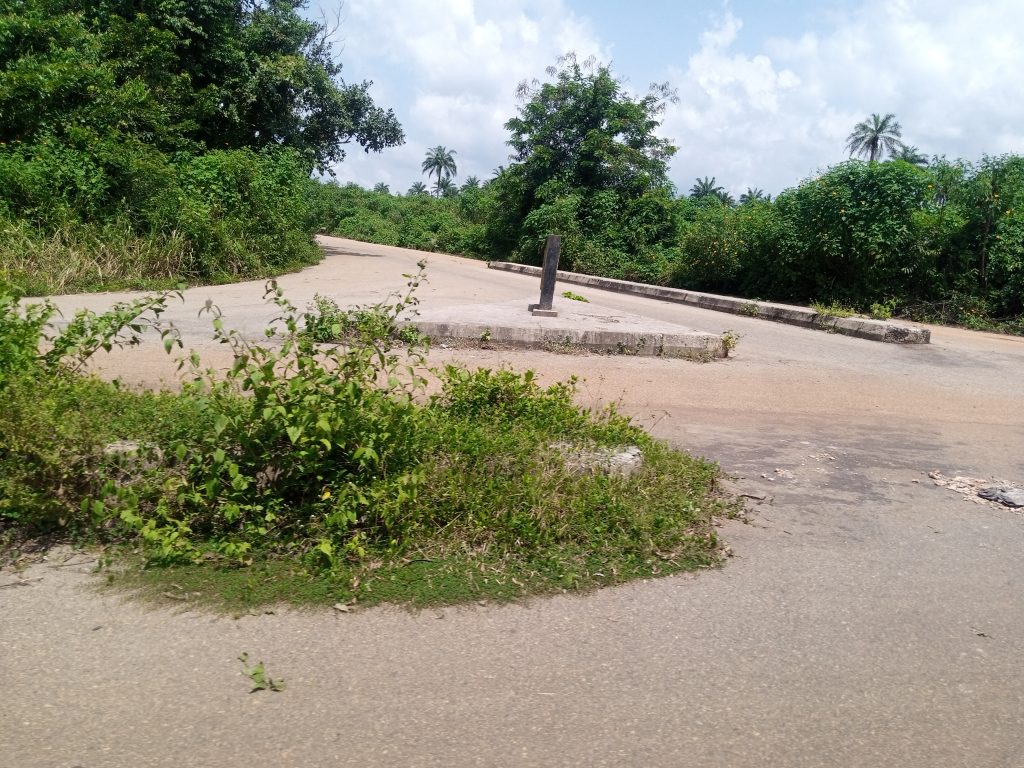
This highway is one of the fastest routes to travel out of the southwest to the northcentral. But it is also one of the most dangerous routes to ply in the region. As we traverse the road this time on motorcycles, the Kiriji warrior in the company of this reporter begins to chant incantations. Although he assures this reporter that there will be no problem, the local combatant says the kidnappers on the road cannot be predicted.
“This road is more dangerous than all the places we’ve been to so far,” he says of the road, which borders Ekiti and Kogi State. “They work day and night here. Their targets are travellers going to places like Kogi and Abuja. So, they hide in these forests to do evil things, especially kidnapping people.”
After several minutes of speeding on the deadly road, we alight at a spot that the hunters described as the “pathway to hell”. The pathway, according to the local police, has many times been used to march several kidnap victims into the thick forest.
“Once the abductees enter this forest through this road, only God can save them,” the hunter says. “Victims can be kept here for several months and nobody will know. You know, it is a very dangerous forest. This road even leads to a stream that is an extension of the Osun River.”
According to eyewitnesses, it was through this narrow way that gunmen marched some passengers after they were abducted along the Tafia Road in Imesi-Ile. It was in the forest around this pathway that victims were camped before marching them to Esa-Odo where other four persons were abducted.

“Let’s go in,” the hunter says as we ride into the narrow pathway, one can easily tell that going too far here is deadly. We can see the personal effects of herders and numerous footpaths which according to the hunters are footpaths of abductees.
Meanwhile, this reporter observes that the Imesi-Ekiti Road is in a terrible state. The narrow highway is surrounded by giant mountains and thick forests on both sides preventing drivers and motorists on the road to see from afar. This makes commuters to be prone to being robbed by thieves or get abducted by kidnappers hiding in the forests to pounce on their victims.
Olanipekun Williams, a community leader in Imesi-Ile, says the road is terrible because it has been abandoned by both state and federal governments, despite being a popular route.
Williams said: “This interstate road from Osun passes through Ekiti and Abuja. It is believed it is the shortest road between Osun and Abuja. It reduces travel time between 1 hour – 1hr30mins. The road does not witness heavy traffic. You see people coming from Osogbo passing through Imesi-Ile, Offa, Ikirun, Ada and Igbajo with all of them heading to Ekiti.
“There are some black spots on that road that even when the kidnappers did not stop you, you will have to slow down completely before you even know where to steer your vehicle through. An example is an Oloyo portion between Imesi Ile and Otan-Ile. That place has been there for 3 years now unattended to by the relevant authorities in Osun State.”
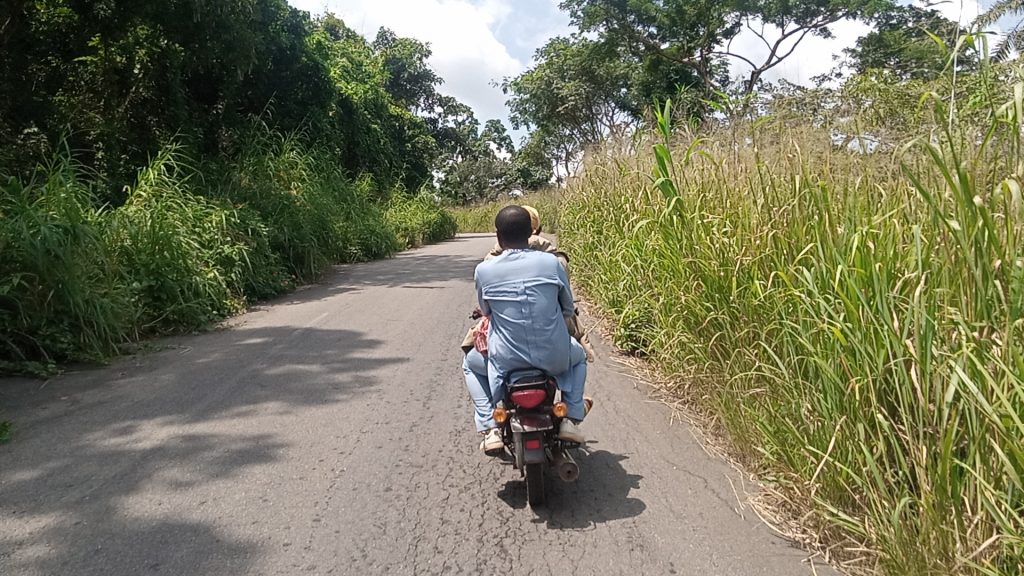
The community leader laments that the efforts of locals and concerned indigenes of the town are not complemented by the government. He adds that “sometimes in April the Kiriji defenders went to those bad spots to sand fill and make the road somehow passable for motorists, especially during Easter and after the Easter holiday. Unfortunately, the rain started and it washed away all the sand and materials that were used to fill up the deep potholes. So now if you get to those bad spots you have no choice but to apply the brakes to a complete stop before you could find your way. This puts you at the mercy of kidnappers”.
BETWEEN THE ROCK AND A HARD PLACE
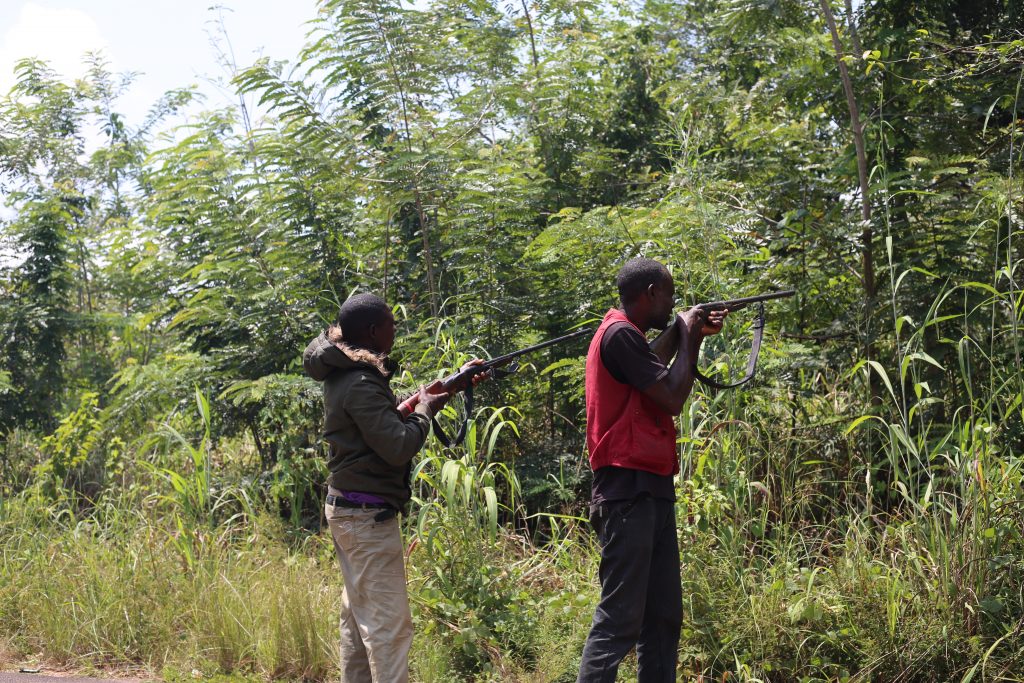
When investigative journalist ‘Fisayo Soyombo penned down his firsthand experience of the powerlessness of our security agents, his Twitter page was flooded by comments from individuals pained by Nigeria’s weak policing system. ‘Sola Fagurosi, his bosom friend, was abducted and he had been at the forefront of trying to secure his freedom. He lamented not getting real-time interventions from any of the security agencies.
“There was no powerful official in the security setup who didn’t hear of this case but we received no real-time security help,” Soyombo says “Three of us civilians, our private security and the two volunteers were the ones crisscrossing Ekiti to secure freedom for the captives. In a country that supposedly has a government. In any case, kidnappers are still operating without hindrance in Ekiti.”
The journalist’s experience and those of other relatives of the abductees interviewed speak to the powerlessness of the Nigerian security operatives. Throughout the 17 days this reporter spent combing the length and breadth of Ondo, Osun and Ekiti, all inquiries made about the kidnapping at different police stations in these states were turned down.

On several occasions, FIJ contacted Adetunji Adeleye, the Commander of the Ondo Amotekiun Corps, for comments on the findings of our investigation but our calls and messages were not responded to. When he finally did, Adeleye asked the reporter to see him in his office but he did not honour the appointments he gave or answer his calls during those periods.
Joe Komolafe, the Commander of the Amotekun Corps in Ekiti, was also not forthcoming. When contacted, he specifically asked FIJ to submit a hard copy inquiry letter to him. He failed to make himself available for the interview even after acknowledging the letter. In one of the attempts to see him, Komolafe told FIJ that he doesn’t fix appointments on a public holiday.
Similarly, Amitolu Shittu, the Osun Commander of the Amotekun Corps, sounded promising while speaking to FIJ on the phone. He however did not catch up with the appointment given to the reporter.
Produced in partnership with the Centre for Democracy and Development (CDD) with support from the Foreign and Commonwealth Development Office (FCDO)
Subscribe
Be the first to receive special investigative reports and features in your inbox.


